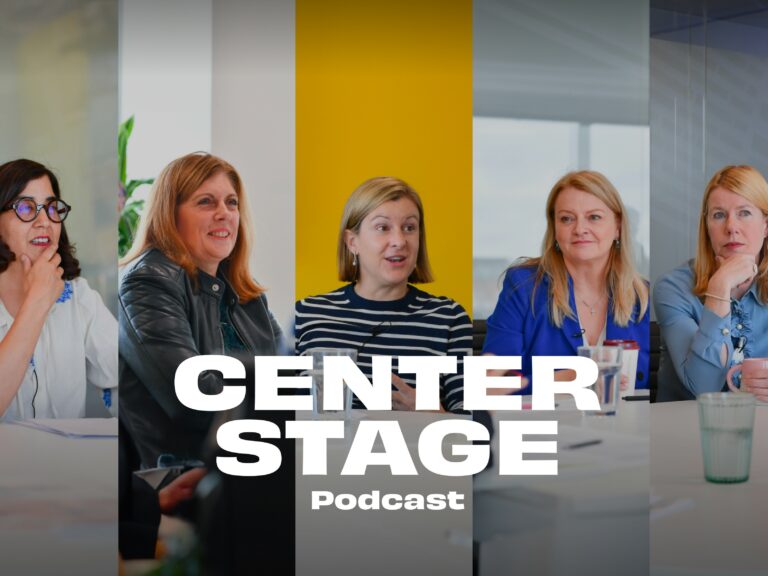US firms start to show their human side

It’s no longer enough to claim that people are your greatest asset – the SEC wants to know how. Shreena Patel explains how and why human capital management is under increasing scrutiny.
On February 4th, US Senators Mark Warner and Sherrod Brown called on the Securities and Exchange Commission (SEC) to require companies to report the number of employees not classified as full-time, including independent and subcontracted workers.
This is one of the latest salvos in a trend that is heating up in the US and has repercussions for public companies everywhere: the pressure to report more fully on ‘human capital management.’
In some ways, the reckoning around human capital management (HCM) has been a long time coming. After years of describing employees as their greatest asset, US companies are now being asked to drop the flowery phrases and to describe, and even quantify, precisely how employees are critical to a company’s success.
One driving force behind change on the HCM front was the SEC’s addition of ‘human capital resources’ as a disclosure topic as of August 26, 2020.
Other forces are also converging to drive change, including Covid-19. The pandemic highlighted that how companies treat their employees can determine the success or failure of an enterprise.
Finally, reporting on HCM (sometimes called the ‘S’ in ESG) is important to investors. Up to 85 percent of a company’s costs are tied up in people and so investors and other stakeholders need to understand this aspect of a company’s strategy and operations.
Defining human capital
In discussing human capital disclosures, the SEC stuck to a ‘principles-based’ approach that it has frequently employed in recent years. In practice, ‘principles-based’ means that the SEC is allowing companies to determine which measures to disclose however they deem appropriate.
Because the SEC offered no definition of ‘human capital,’ other organisations have begun looking at human capital as a collection of themes. Here are two ways that human capital is being conceptualised:
Workforce culture (including diversity and inclusion); workforce investment (worker engagement and retention); mental health and health-related benefits; and alternative workforces (contingent and contract labor).
Employment and labor type; job stability; wages, compensation, and benefits; workforce diversity, equity, and inclusion; occupational health and safety; and training and education.
Early signs suggest that human capital disclosures have not been particularly robust. In July and August 2021, when not-for-profit JUST Capital analysed the 100 largest US employers based on human capital themes, it found ‘disclosure is low across the board,’ with disclosure rates below 20 percent for the majority of metrics.
Since then, HCM disclosures have become a little more fulsome.
When it examined human capital management disclosure among the S&P 500, Intelligize, which provides analytical tools for compliance professionals, found that HCM disclosures had grown in length and in detail in the months after the new rule went into effect. This, according to Intelligize, suggests that ‘issuers learned from those that went before and picked up on topics to address.’
Top disclosure trends
Now that at least one year’s worth of filings are in, some important trends have emerged.
Among S&P 500 companies, law firm Gibson Dunn found that out of 17 human capital disclosure topics, the three most commonly discussed were diversity/inclusion (368 companies), talent development (346), and Covid-19 (300).
Least commonly discussed were the full-time/part-time employee split (72), pay equity (72), and quantitative workforce turnover rates (57).
Interestingly, Gibson Dunn also found that while the SEC specifically asked for a description of human capital measures, around a quarter of companies included no quantitative measures beyond a headcount. For example, while 82 percent of companies discussed their commitment to diversity, equity, and inclusion, only 41 percent and 35 percent, respectively, disclosed quantitative metrics regarding gender and racial diversity.
The full Gibson Dunn report is available here.
Going forward, the SEC has signaled that HCM disclosure demands might become more rigorous.
Last August, SEC Chair Gary Gensler tweeted: ‘Investors want to better understand one of the most critical assets of a company: its people.’ He also announced that he had asked his staff to make recommendations for the Commission’s consideration on human capital disclosure.
Finally, the Gibson Dunn report suggested that the shift in presidential administration might spur the SEC to ‘adopt more prescriptive rules in the future.’
If you’re working out how to report on human capital, get in touch to see where Bladonmore can help.
Share article


